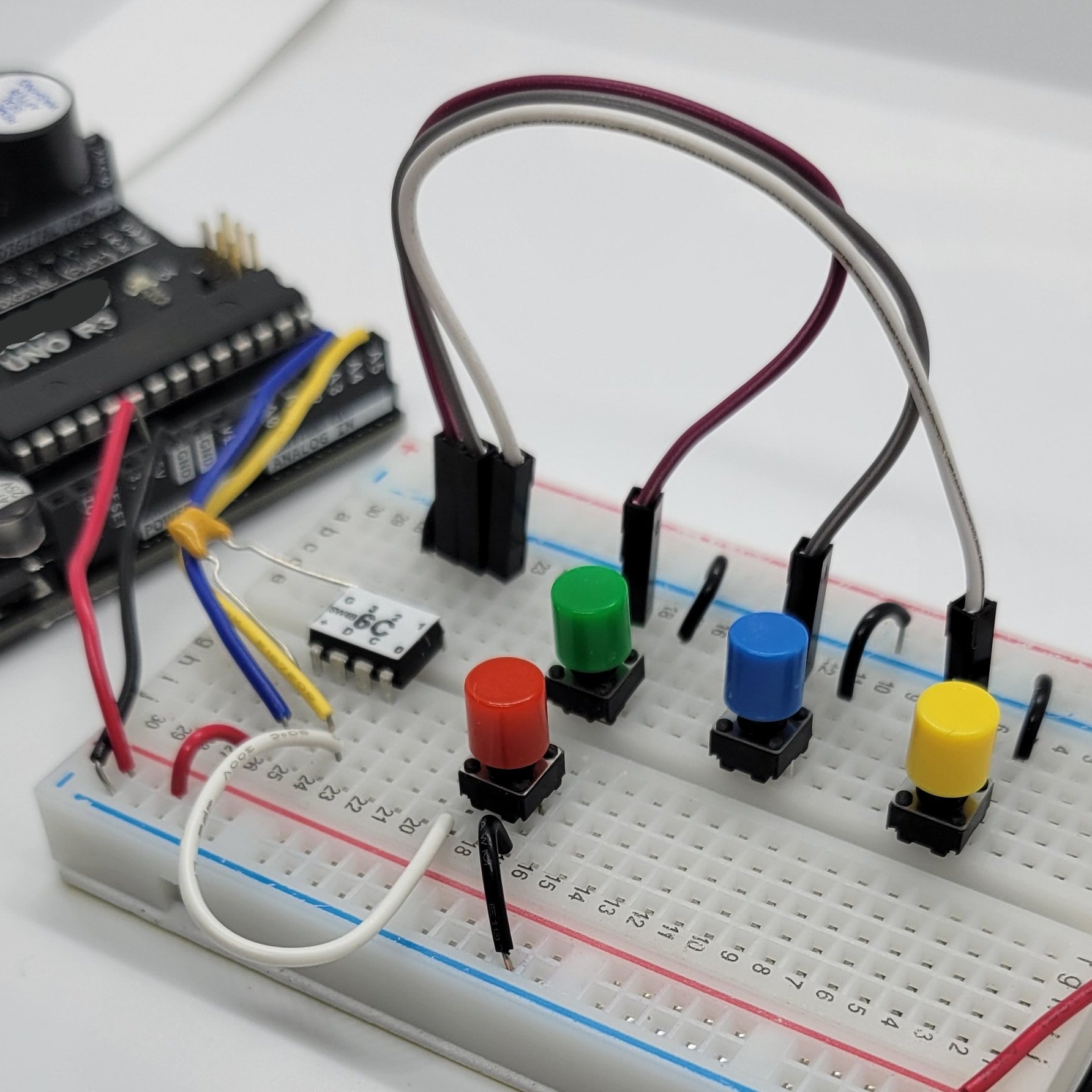Serial Wombat chips are designed to be easy to use.
Clean, clear, objective-driven interfaces, numerous video tutorials, extensive examples, thorough documentation, and open availability of the firmware source code makes the Serial Wombat project an ease-of-use leader in its field.
-
Which model should I use?
The Serial Wombat 4B chip and Serial Wombat 18AB chip share common libraries and have many similar functionalities. But they also each have strengths and weaknesses.

-
Serial Wombat 4B chip
The Serial Wombat 4B is perfect for adding a few extra pins and extra processing power to a project via I2C. It’s simple to build, simple to use, and is a great way to offload Rotary Encoder, Servo control, button debouncing, Pulse counting and measurement, PWM, or Analog input capabilities from your main micro and sketch. The Serial Wombat 4B chip runs on 2.7v to 5v and has 3 I/0 and 1 input only pin.

-
Serial Wombat 18AB chip
The Serial Wombat 18AB chip adds massive I/O capabilities to your project. Capacitive touch through insulator, 12-bit A/D converters, high resolution pulse and PWM generation, WS2812 control, direct resistance measurement, simultaneous control of a mix of up to 18 servos, 9 rotary encoders, 2 hardware I2C to UART bridges plus additional software UARTs, and much more. Control it via I2C on 4 different addresses or by UART at 115200, selectable by grounding the ADDR pin through different resistors. Requires a source voltage of 2.7 to 3.3V and 3 external capacitors and a resistor.

